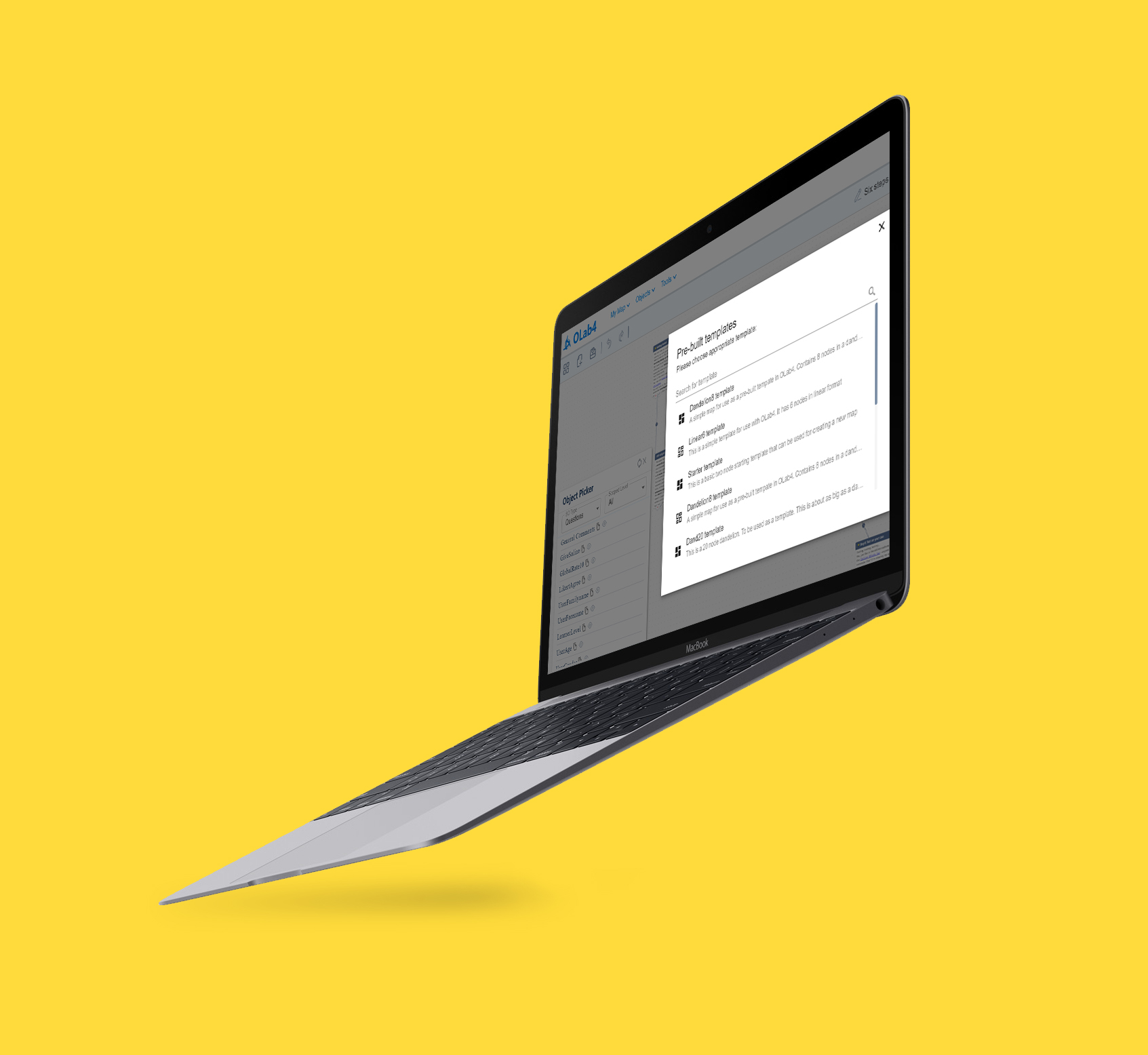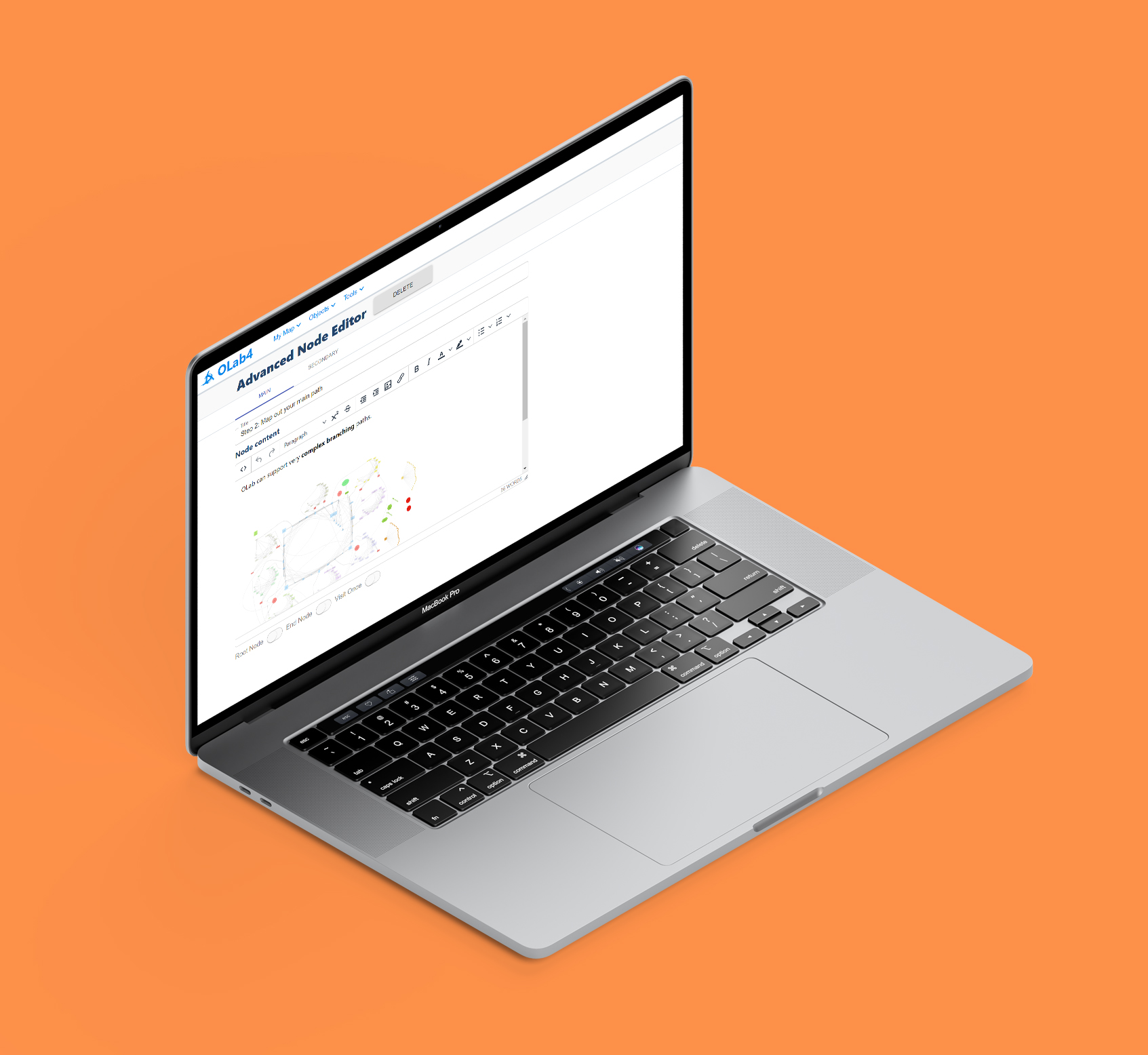●
The simplified concept mapping tool allows users to join the dots in an easier way for creating their pathways
●
Transition to a microservices architecture provides greater platform flexibility and scalability
●
Docker containers and an ORM approach to database schema management to make maintenance much easier for organizations
●
The extended concept of Scoped Objects makes it possible to easily reuse objects more broadly across multiple Maps, or even Scenarios or Servers. The Scoped Object concept was extended to a number of items in the OLab4 arsenal: Files & Media, Questions, Constants (aka Elements in OLab3) and Counters
●
A drag-and-drop panel that allows users to set objects to Node using short-codes and a mini admin panel that provides the ability to fill object data
●
Scoped Objects Picker helps to find and insert the right object (variable) into the Node as a shortcode
●
The Map Editor feature that helps to visualize and manage Maps: a tree of Nodes with Snap to Grid, Map Zoom, Map View modes, and other helpful functions
●
Node Grid Editor and Counter Grid Editor thatthat allow quick Nodes and Counters edits in bulk
●
Questions Editor that allows managing 10+ types of Questions (MCQ, Pick-choice, Single/multiline text, Drag & drop, SCT, SJT, Rich Text, etc.)
●
The Map Templates feature helps save and create a Map from a template.
●
The improved Create Template from Map feature allows saving the current map as a named template at any point in the map creation process
●
The styled-components approach enables to draw the whole list of elements and allows flexibility and reusability
●
UI Builder to work with drag-and-drop elements and graphs
●
React component implementation to create directed graph editor without implementing any of the SVG drawing or event handling logic















